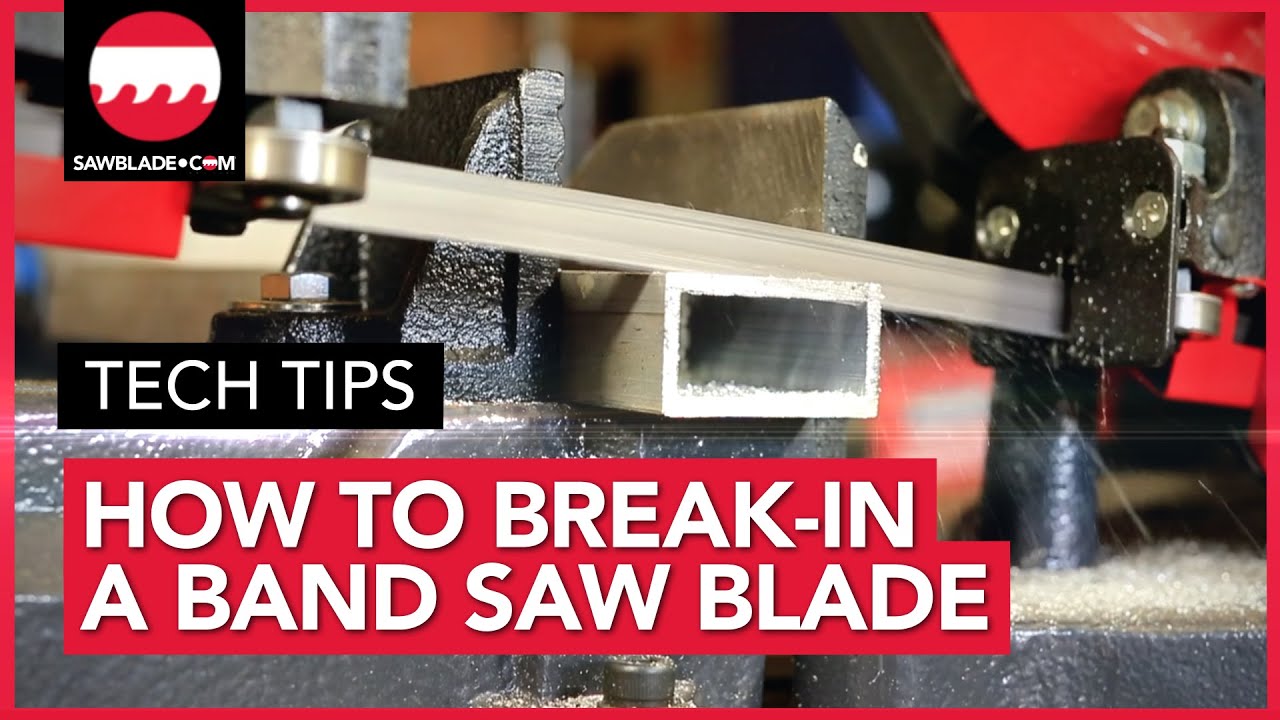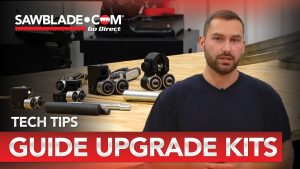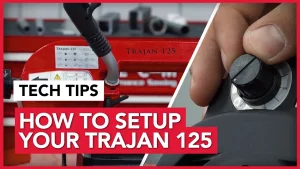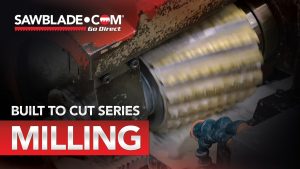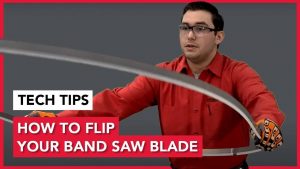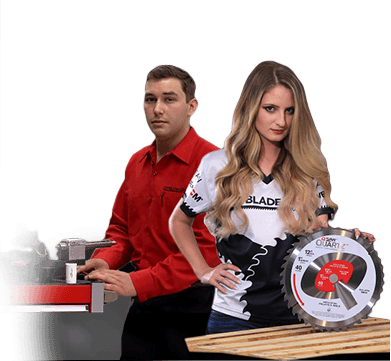A bandsaw blade, much like a pencil with a new tip or a knife with a freshly honed edge, requires a proper break-in for optimal performance. This is a process often overlooked, yet crucial to the success and durability of your bandsaw blade. In this blog, we’ll explore how to break-in a bandsaw blade and why it’s so important.
Understanding the Importance of Bandsaw Blade Break-In
Much like the process of how band saw blades are welded, the breaking in of a bandsaw blade isn’t something to be underestimated. This step can make a significant difference in the overall blade life and performance.
Blade Performance and Lifespan
A correctly broken-in bandsaw blade will have a more uniform life. This means the blade will perform consistently over time, making it easier for you to judge its overall life and performance. Moreover, a proper break-in process can extend the blade’s life, giving you more value for your investment.
Reducing Breakage and Misalignment
Just as one cannot press hard on a pencil point without breaking the tip when it’s new, one should not operate a bandsaw blade at full speed without breaking it in. The break-in process removes the sharp edge of the blade, reducing the chance of breaking or stripping teeth. This leads to less blade damage and fewer crooked cuts, ensuring a more efficient operation.
The Process of Breaking in a Bandsaw Blade
Now that we’ve established the importance of breaking in your bandsaw blade, let’s delve into the steps you should take to ensure a proper break-in.
Preparing the Bandsaw Blade
Before starting the break-in process, you’ll need to measure the length of the bandsaw blade accurately. This ensures that the blade is suitable for your bandsaw and your specific cutting requirements.
Breaking-in the Blade
Breaking in a bandsaw blade involves reducing the cutting rate and the feed pressure when first using a new blade. This process ensures the blade edge’s longevity, reduces the risk of tooth breakage, and enhances overall blade performance.
Potential Issues If You Don’t Break-in Your Blade
Neglecting the break-in process can lead to various issues.
Tooth Stripping and Blade Damage
Without a proper break-in, bandsaw blades may be more susceptible to tooth stripping and blade damage, leading to inconsistent cuts and a shorter blade lifespan.
Premature Dullness
A blade that hasn’t been broken-in can become dull prematurely. If you notice a dull blade, check out these signs of a dull bandsaw blade and consider whether you’ve adequately broken in the blade.
How to Extend the Life of Your Bandsaw Blade
Aside from the break-in process, several other maintenance practices can enhance the longevity of your bandsaw blade.
Speed and Feed Calculator
Using a bandsaw blade speed and feed calculator, you can determine the optimal speed and feed rate for your particular blade and material. This can prevent overworking your blade and extend its lifespan.
Correct Material Positioning
Correct positioning of the material to be cut is also crucial. Improper positioning can put undue stress on the blade and lead to irregular wear and tear.
Conclusion
Understanding how to break-in a bandsaw blade is crucial to enhancing its performance, extending its lifespan, and avoiding common issues. The break-in process may require a bit of extra time and effort at the start, but the benefits it yields make it a worthwhile part of any bandsaw operation.
The next time you install a new bandsaw blade, remember to break it in properly before diving into your cutting tasks. This will not only improve the quality of your cuts but also save you from potential damage and premature replacement costs.

